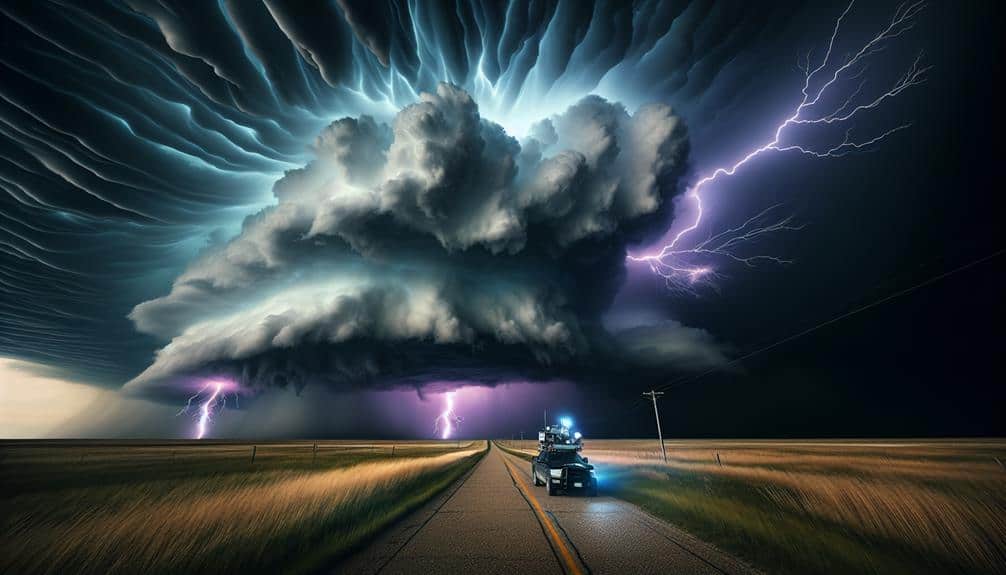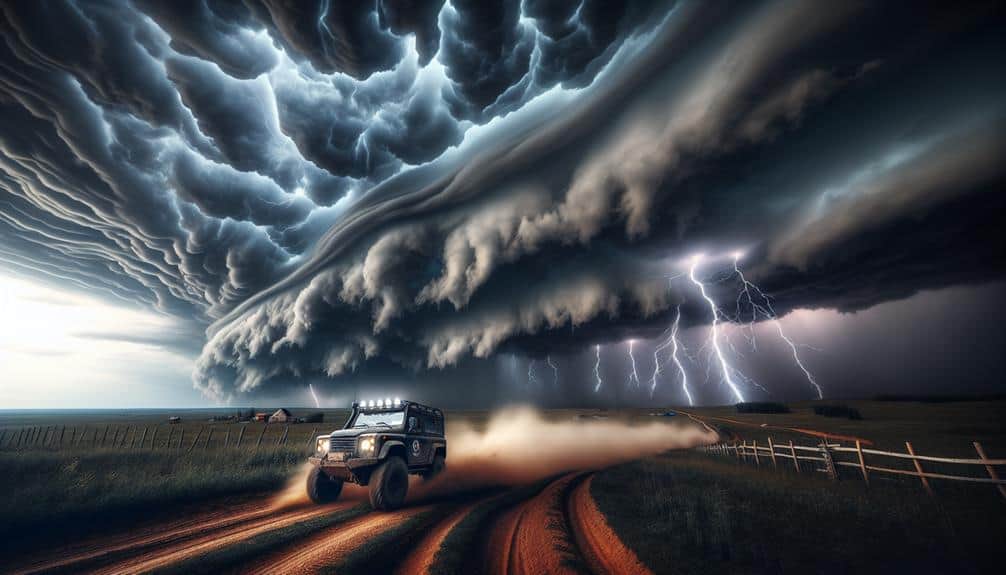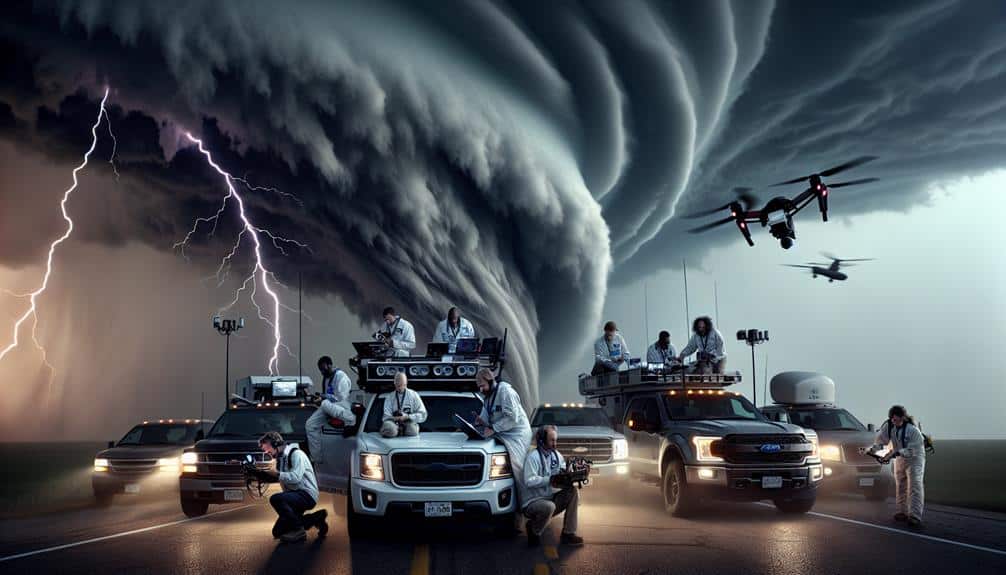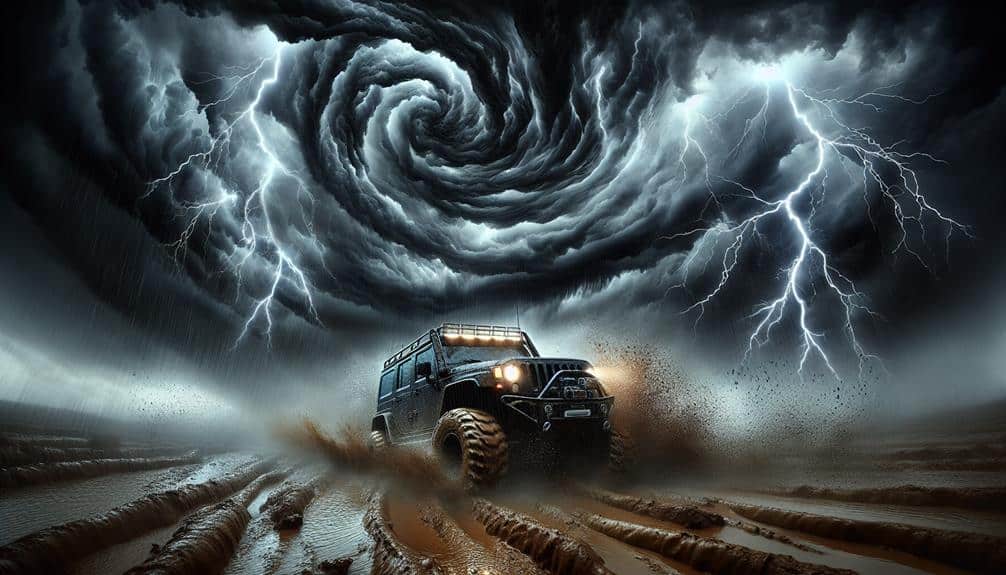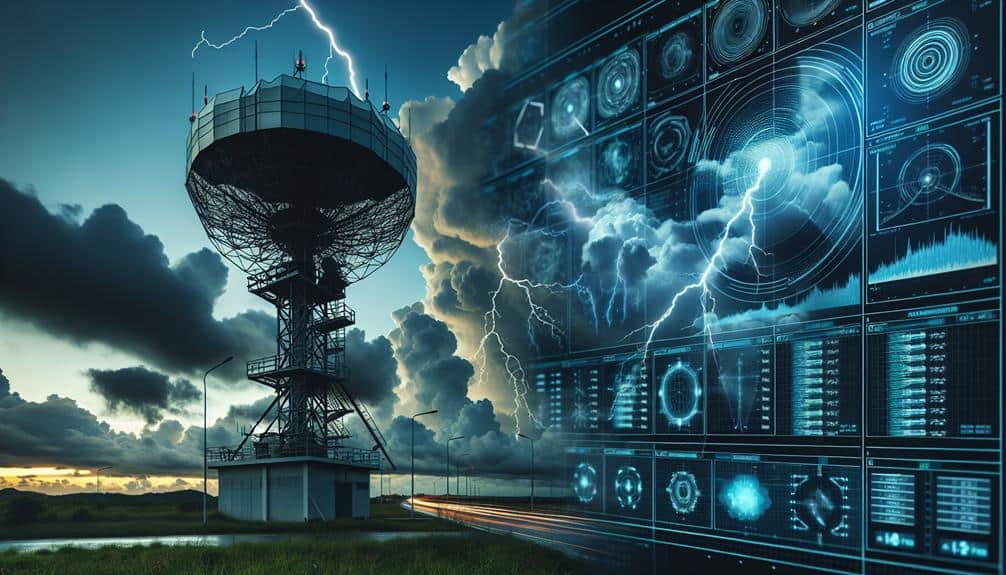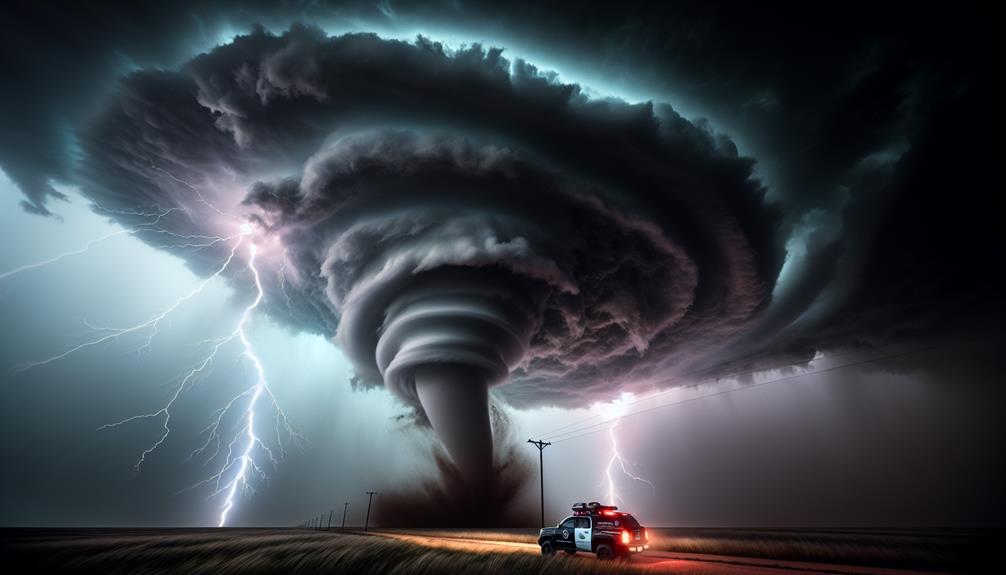What Strategies Work Best for Intercepting Severe Thunderstorms?
We rely on a combination of advanced meteorological instruments, such as Doppler radar, mobile mesonets, and satellite imagery for intercepting severe thunderstorms. These tools help us analyze weather data, track storm movement, and predict behavior in real-time. Using GIS and machine learning models, we map out routes, ensuring dynamic adjustments based on live data. Our […]
What Strategies Work Best for Intercepting Severe Thunderstorms? Read More »

